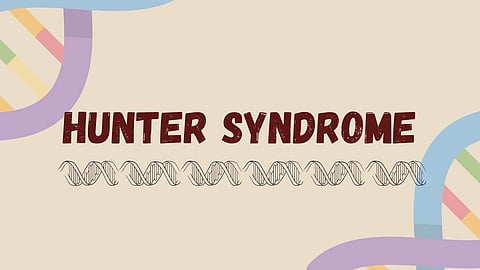This medical triumph nearly didn't occur. Behind Oliver's success lies a story of scientific perseverance and last-minute rescue.
Researchers at the University of Manchester, led by Professor Brian Bigger, had spent more than 15 years developing the gene therapy for Hunter syndrome. In 2020, the university announced a partnership with Avrobio, a small US biotech company, to conduct a clinical trial.
For three years, preparation continued. Then disaster struck: Avrobio handed the license back to the university following poor results from another gene therapy study and a lack of funds. The first-in-human trial was in jeopardy before it had even begun.
In a crucial intervention, British medical research charity LifeArc stepped in, providing £2.5 million in funding to save the trial.
Without this eleventh-hour rescue, Oliver and other families would have lost their chance.
Reference:
1. Hashmi MS, Gupta V. Mucopolysaccharidosis Type II. [Updated 2023 Jul 25]. In: StatPearls [Internet]. Treasure Island (FL): StatPearls Publishing; 2025 Jan-. Available from: https://www.ncbi.nlm.nih.gov/books/NBK560829/
(Rh/VK)


